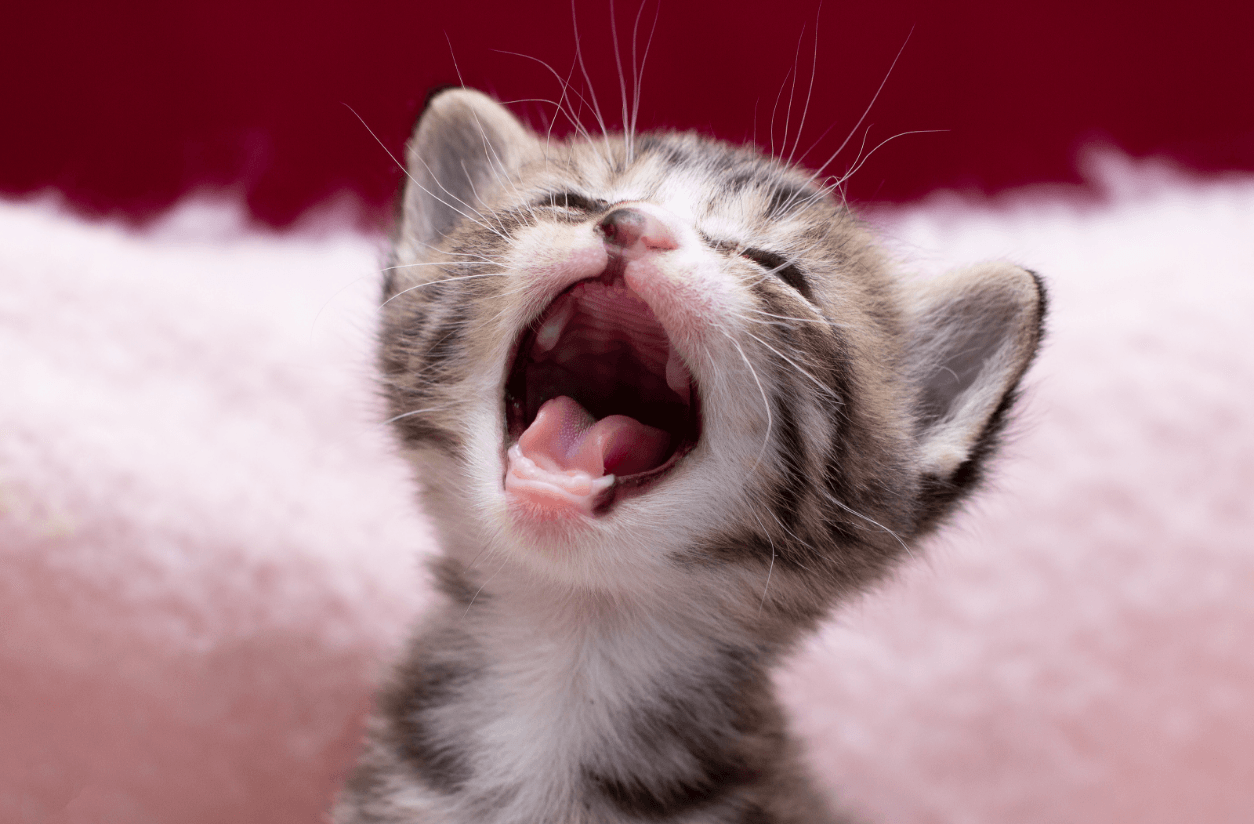

Asthma in cats
What is Cat Asthma and How Can You Help Your Furry Friend?

What is Cat Asthma?
Cat Asthma, also known as Feline Asthma, is a respiratory condition affecting the small airways in a cat’s lungs. It happens when your cat’s immune system reacts to inhaled allergens like pollen, grass, dust, and more. This reaction leads to inflammation, swelling, and constriction of the airways, making it harder for your cat to breathe.
Causes of Feline Asthma
Different cats may have different triggers, but common culprits include pollen, grass, moulds, dust, cat litter, cigarette smoke, cleaning products, perfumes, stress, and certain foods.
Diagnosing Cat Asthma
While there’s no specific test for feline asthma, your vet can gather information through a consultation and examination. Tests, such as X-rays or CT scans, can help rule out other conditions. Bronchoscopy, a small camera examining the airways, may be used to collect samples for further analysis.
Treating Cat Asthma
There are two main treatments for cat asthma: corticosteroids to reduce inflammation and bronchodilators to open up the airways. These can be given as injections, tablets, or inhalants. Inhalants are often preferred as they have fewer side effects.
Recognising an Asthma Attack
Keep an eye out for signs like coughing, wheezing, or your cat appearing hunched during an attack. For severe cases, seek emergency veterinary care. Minimise stress during transport, keep your cat calm, and ensure proper ventilation.
Managing Cat Asthma
If you suspect your cat has asthma, register them at your nearest veterinary surgery. Book a free consultation with expert vets who can provide the care and guidance your furry friend needs. Your vigilant attention and proactive care can make a significant difference in your cat’s quality of life.
Concerned About Your Cat? Act now!

Animal Trust is a trading name of Animal Trust Vets CIC, a community interest company registered in England and Wales. Company Registration No: 07938025
Registered Office: Animal Trust Administration Centre, Cedab Road, Ellesmere Port, CH65 4FE
